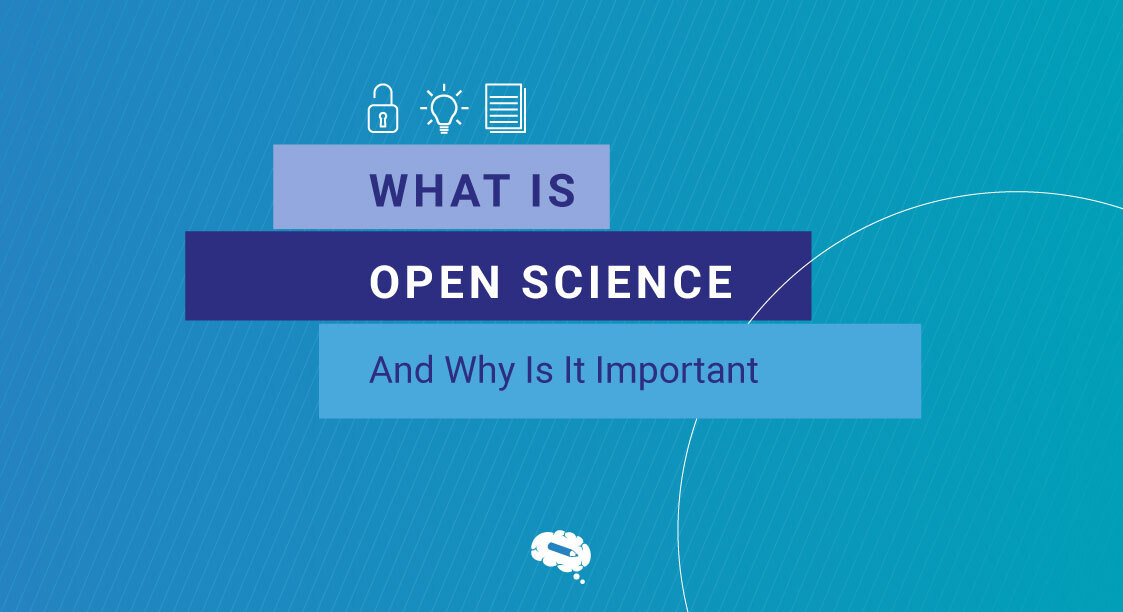There is no science involved when ordinary people think about love. To be honest, science is the last thing in their thoughts.
For scientists, though, falling in love is much more than just establishing a feeling. The science behind falling in love involves complicated interactions between different brain regions, hormones, and neurotransmitters. And, according to scientists, most love experiences can be explained by chemistry.
But, there’s one thing that everyone can agree on: love feels good, whether it can be scientifically explained or not.
In this article, Mind The Graph aims to enlighten you through the science behind falling in love, the multiple senses, and why it feels so good.

What is the science behind falling in love?
Falling in love is a complicated experience, that can be broken down into three main stages:
- Desire: When you encounter someone who piques your attention, you are drawn to them.
- Romantic passion: At this stage, you will feel butterflies in your stomach and a strong desire to be close. It usually leads to a lack of sleep and hunger.
- Attachment and commitment: This is the settling stage; you know the person and seek commitment. In other words, you feel that you can’t live without this person anymore, you’ve found your match.
A slew of chemical reactions occurs in our bodies throughout every one of these stages. Love, according to science, is nothing more than a mental state induced by chemistry.
Desire
The desire stage is created by hormones that drive sexual desire, providing the demand for sexual mating and reproduction. The hypothalamus is boosting the production of hormones such as estrogen and testosterone.
Romantic passion
In this stage, the human body fails to think properly and begins to idealize the object of passion. This condition is mostly produced by a chemical cocktail that comprises serotonin, dopamine, and adrenaline.
The brain region that governs “reward” behaviors also influences attraction. When a person performs something pleasurable for themselves, the hypothalamus releases dopamine, which, when released, stimulates a positive mood: sort of a “reward” to the brain. Dopamine is also responsible for insomnia and a lack of appetite.
Serotonin, which is important for hunger and emotional stability, is also reduced during the passionate love period. Surprisingly, a person in love has serotonin levels identical to people suffering from obsessive-compulsive conditions.
Make your audience fall in love with mesmerizing visuals
The theory of love at first sight also works for science papers. A work filled with infographics and beautiful illustrations has greater chances of delighting the readers and raising their interest in your subject. Mind the Graph has the largest scientifically accurate illustration gallery in the world. Use our tool to your advantage.
Attachment and commitment
At this point, everyday life begins to take over as passion fades. Some people eventually contemplate committing to a long-term relationship. The relationship forms as a result of three substances: oxytocin, vasopressin, and endorphins.
Oxytocin is regarded as the “happy hormone,” because it aids the human body in responding to many emotional and social changes. Analyzing the science behind falling in love, scientists noted that the body continues to rely on dopamine and serotonin to aid in this stage and in the connecting process.
Although being in a relationship might lower anxiety, it is important to note that being in love can also elevate cortisol levels, which is the stress hormone.
The Five Senses of Love
The science behind falling in love also considers the human body’s five senses to assist in identifying desired features and guiding the individual toward that ideal match.
Sight
Falling in love sends both visible and non-visible signals, but seeing someone you like is what sparks the human body to the initial stage: desire.
Touch
As touching may elicit powerful sensations of pleasure, simple touches can produce oxytocin as a result of physical engagement with the object of affection, as well as dopamine. Touch, on the other hand, might also be the reason for falling out of love if the body signals that connecting with someone through touch is undesirable or even unsafe.
Smell
Humans have the capacity to identify chemical signals known as pheromones while looking for a potential partner. A combination of senses, together with the information these chemical signals provide the body, assists individuals in determining the feasibility of the possible love interest.
The smell of a potential partner may also become a reward to the dopamine system, making it worthwhile to seek it out again.
Taste
When it comes to the science of falling in love, the taste is a complex thing. Every person has a unique taste in their breath, and individuals frequently conceal their taste by ingesting sweets, such as gum, to make their breath more pleasant.
And, when the human body experiences something pleasant, it produces dopamine and craves the experience again and over again. In the case of love, the pleasure of “tasting” that other person again.
Hearing
Human hearing is also a crucial factor in falling in love. Hearing the voice of the object of affection may greatly enhance romantic love sensations.
Music may also be a powerful source of a love connection; songs with a common meaning between two people can provoke a simultaneously favorable response, as can lyrics that make one think of another.
Why does love feel so good?
Falling in love can be pleasurable not only because it stimulates the release of multiple pleasure-inducing chemicals in the brain, such as dopamine and oxytocin, but also due to the strong feelings and sensations of happiness and connection that come with falling in love, love can provide individuals with a sense of purpose and fulfillment, and improve their overall well-being.
The feeling of falling in love may also have a favorable effect on attitude, prompting people to treat others more gently, compassionately, and selflessly.
However, while falling in love can be a wonderful experience, it can also bring difficulties, and the degree of these pleasant sensations or difficulties can vary widely from person to person and relationship to relationship.
Improve your papers’ impact and visibility through quality visual communication
Using visual assets, you may assist your audience in visualizing difficult information. Scientists can use infographics and illustrations to convey their results clearly and succinctly, as well as engage and inform their audience and make the material more memorable. If you seek something simple and quick to use, Mind The Graph is the appropriate tool for you to start using visual assets.


Subscribe to our newsletter
Exclusive high quality content about effective visual
communication in science.





